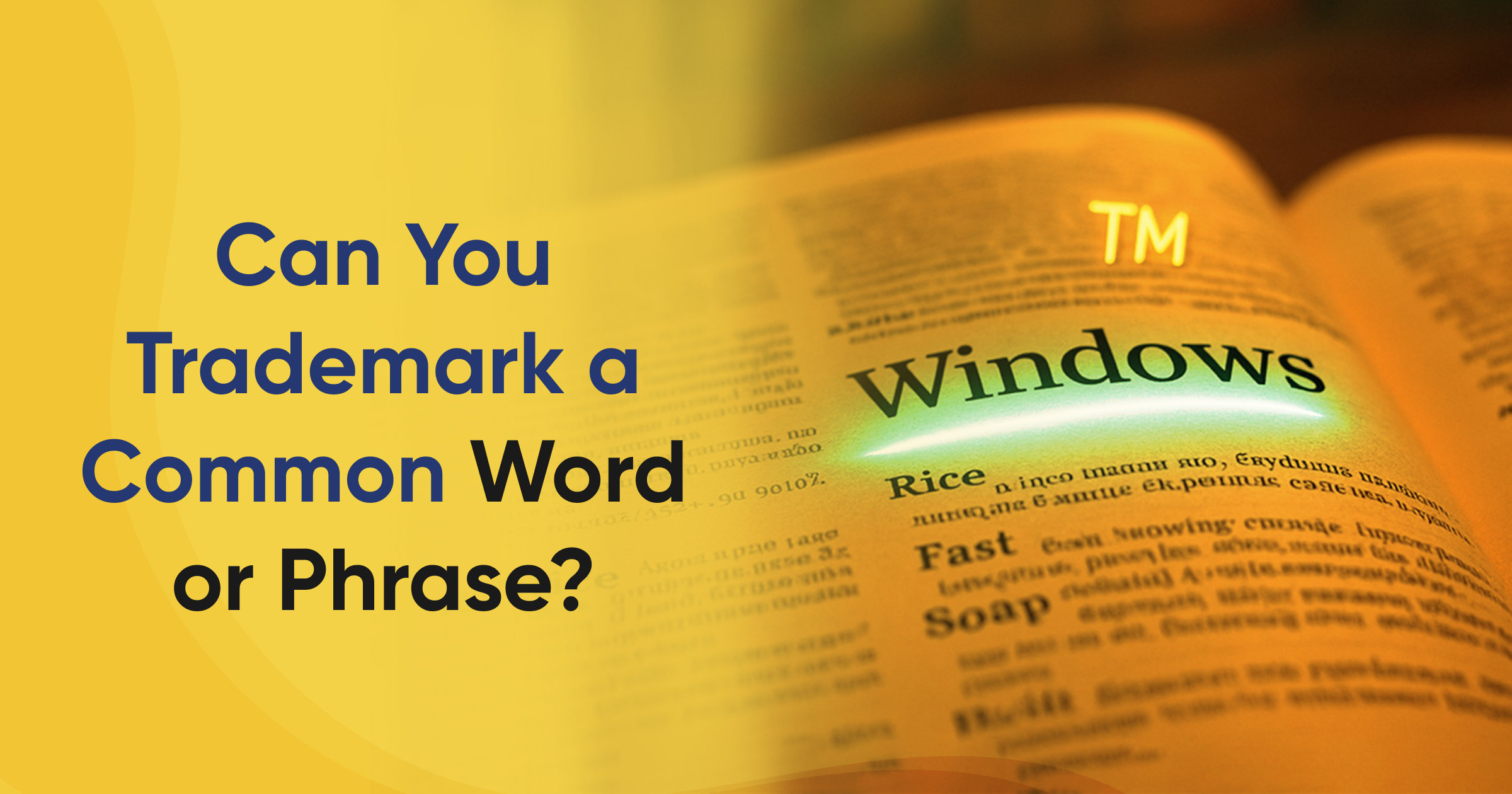Introduction
Conducting a patent search is an essential first step for inventors. It helps ensure that your invention is unique and doesn’t infringe on existing patents, thus saving time, effort, and potential legal issues down the road. This guide provides a step-by-step approach to conducting an effective patent search, tailored for Indian inventors looking to protect their innovative ideas.
Why Conduct a Patent Search?
Understanding the importance of a patent search is crucial for any inventor. It helps confirm the originality of your invention, prevents inadvertent infringement, and provides valuable insights into existing patents and technological trends in your field. Additionally, a thorough patent search can strengthen your patent application by highlighting the unique features of your invention.
Steps to Conducting a Patent Search
1. Define the Scope of Your Search
- Start by defining the specific aspects of your invention that need protection. Narrow down the key features that differentiate your invention from others. This helps focus the search on relevant patents and avoid unrelated results.
- Consider listing out the unique characteristics, functions, and applications of your invention. This will aid in constructing effective search queries.
2. Identify Relevant Keywords and Classifications
- Keywords are essential in patent searches. Identify terms that describe your invention and its unique features. Include synonyms, technical terms, and common phrases related to your invention.
- In addition to keywords, use the International Patent Classification (IPC) system to refine your search. IPC codes categorize patents by technical fields, making it easier to find patents related to your invention.
3. Use Indian and International Patent Databases
- Indian Patent Advanced Search System (InPASS): InPASS, provided by the Indian Patent Office, allows you to search for patents filed in India. Use keywords, applicant names, and patent numbers to search effectively.
- Global Databases: For a comprehensive search, consider using international databases such as the World Intellectual Property Organization (WIPO) PATENTSCOPE and Google Patents. These resources allow you to search patents filed in multiple countries and identify potential overlaps.
4. Conduct a Preliminary Search
- Begin with a broad search using the primary keywords and IPC classifications. Review the results and refine your keywords or classifications as needed.
- Skim through patent titles and abstracts to filter out irrelevant results. Focus on patents that share similarities with your invention to identify any potential overlaps or prior art.
5. Analyze Relevant Patents in Detail
- Once you have a shortlist of similar patents, review them carefully. Look for patents that share core features with your invention, and examine how they differ.
- Pay special attention to the "Claims" section of each patent, as this is where the inventor outlines the specific aspects protected by the patent. Understanding the claims will help you determine whether your invention is unique enough for a patent.
6. Document Your Findings
- Keep a record of your search results, including patent numbers, titles, filing dates, and applicant details. Documenting your findings is crucial for reference purposes and helps you create a strong foundation for your application.
- This documentation can also be shared with a patent attorney or IP professional to review your invention's uniqueness and viability.
7. Refine and Repeat the Search as Necessary
- Patent searches are often iterative. After reviewing initial findings, refine your keywords and classifications based on new insights and conduct additional searches.
- By repeating the search, you increase the chances of uncovering any similar patents that may impact your application. This process strengthens your application by ensuring thorough prior art research.
Tools and Resources for Patent Search
Indian Patent Advanced Search System (InPASS)
- InPASS is the primary tool for searching Indian patents. It offers filters for patent numbers, applicant names, and IPC codes, making it a useful resource for Indian inventors. Familiarize yourself with InPASS to conduct efficient searches within the Indian patent database.
Google Patents
- Google Patents provides access to a vast collection of patents from multiple jurisdictions, including India. Its user-friendly interface and search features make it an excellent tool for preliminary searches.
World Intellectual Property Organization (WIPO) PATENTSCOPE
- WIPO’s PATENTSCOPE allows inventors to search patents filed in various countries, providing a global perspective. This tool is especially useful for Indian inventors aiming to understand international patent landscapes.
European Patent Office (EPO) Espacenet
- Espacenet offers free access to over 120 million patent documents from around the world. It’s another valuable resource for inventors looking to conduct a comprehensive patent search.
Trademarkia offers search and registration services, making it easier for inventors to navigate the complexities of patent research and filing.
Common Challenges in Patent Searches
Complexity of Patent Language
- Patents are written in technical language that can be challenging for non-experts. Understanding how to interpret claims and technical descriptions is crucial for accurate search results.
Identifying Prior Art in a Saturated Field
- For inventions in highly competitive fields, it can be challenging to identify relevant prior art. Conducting searches across multiple databases and classifications helps overcome this issue.
Limited Access to Paid Databases
- Some patent databases require subscriptions or fees, which may not be accessible for all inventors. Using free resources like InPASS, Google Patents, and WIPO PATENTSCOPE can provide a strong starting point.
Tips for a Successful Patent Search
- Start with Broad Terms and Refine as You Go: Begin your search with broader terms and gradually narrow down based on initial results.
- Review Patent Classifications Carefully: IPC codes are essential for finding patents in the same technical field. Familiarize yourself with relevant codes to optimize your search.
- Keep Detailed Records: Document each step of your search, noting patent numbers and findings. This information will be valuable during the application process.
- Consult a Patent Professional: While a patent search can be done independently, consulting an IP professional can provide deeper insights and ensure accuracy.
- Stay Updated: The patent landscape is constantly evolving. Keep checking for new patents in your field, even after submitting your application, to stay informed about potential developments.
The Role of Patent Search in Strengthening Your Application
A well-executed patent search can significantly improve your application’s success rate. By identifying similar inventions, you can highlight the unique aspects of your idea and strengthen your claims. Additionally, a thorough search demonstrates due diligence, which can be valuable if your patent is challenged in the future.
Patent searches also help you understand trends in your field, guiding you in positioning your invention effectively. Knowing how your idea fits into the existing landscape can provide inspiration for refining your invention or identifying new applications.
Conclusion
Conducting a patent search is a critical step for inventors looking to secure exclusive rights to their innovations. By following a structured approach and using the right tools, inventors can navigate the complexities of the patent landscape and strengthen their applications. Protecting your invention is an investment in its future potential, providing legal security and enhancing its market value.
Ready to secure your invention? Take the first step by conducting a thorough patent search. Trademarkia offers search and registration services to help inventors navigate the patent landscape with ease. Start protecting your ideas with Trademarkia today!







